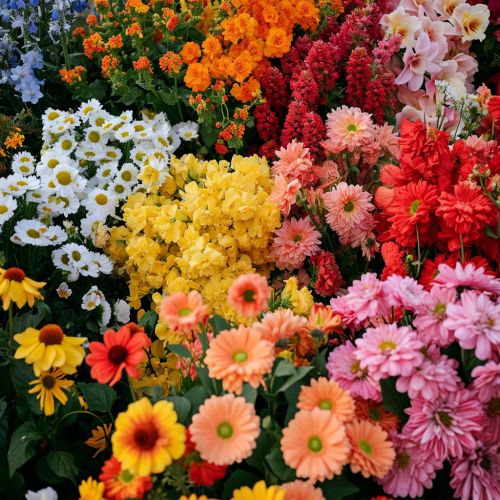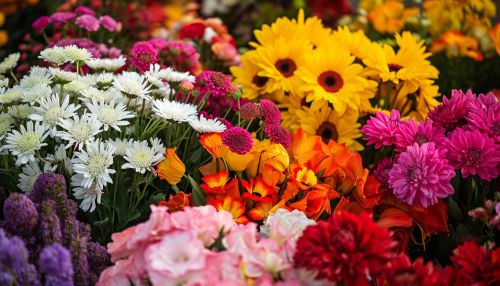Floralia
Origins and History
The Floralia was a festival in ancient Roman times dedicated to Flora, the goddess of flowers, vegetation, and fertility. This festival was established around 238 B.C.E by the Roman Senate to appease Flora when the crops were failing. It was believed that the offerings and celebrations made during the Floralia would ensure a successful harvest and prevent crop diseases. The festival was initially irregular but became annual after B.C.E 173.
Significance of Flora
Flora was a significant figure in Roman mythology. As the goddess of flowers and spring, she was a symbol of nature's renewal and the cycle of life, death, and rebirth. Her association with fertility also extended to humans, making her a goddess of youth and new beginnings. The Floralia, therefore, was not just a festival of flowers but also a celebration of fertility and renewal.
Festival Activities
The Floralia was celebrated with much fanfare and was known for its unique blend of solemn rituals and raucous celebrations. The festival began with theatrical performances, which were often comedic or lewd in nature. These performances were followed by a series of games (ludi), which included athletic competitions and animal fights. The festival also featured a grand procession filled with flowers, and citizens would decorate their homes and public spaces with floral wreaths and other adornments.


Cultural Impact
The Floralia had a profound cultural impact on the Roman Empire. It influenced Roman art and literature, with many poets, including Ovid and Horace, referencing the festival in their works. The festival's emphasis on flowers and fertility also influenced Roman gardening and agricultural practices. The Floralia's cultural significance extended beyond the Roman Empire, influencing later European traditions such as May Day.
Modern Interpretations and Celebrations
While the ancient festival of Floralia is no longer celebrated as it was in Roman times, its spirit lives on in modern-day festivals and traditions. Many springtime celebrations around the world, such as the May Day in Europe, share similarities with Floralia, including the use of flowers and themes of fertility and renewal. Some modern pagan or Wiccan traditions also incorporate elements of Floralia in their Beltane celebrations.
